Natural spaces, crystalline skies and a millenary civilization await you on the oldest island of the Canary archipelago.
Although the paradisiacal beaches of Fuerteventura are a must for anyone who travels the Canary archipelago, the truth is that this island of more than 1,660 km², also has amazing natural areas, clear skies, as well as a rich culture and gastronomy.

An island World Biosphere Reserve
Declared in 2009 as a World Biosphere Reserve by Unesco, Fuerteventura is home to thirteen protected areas and the special fauna of steppe birds, such as the Canary Island Houbara bustard or the guirre, as well as 22 species of cetaceans and four species of sea turtles.
A separate matter is its arid nature, with a land that reflects the weather and that, over the years, has given rise to plains, steppes, as well as impressive parks and natural monuments such as the Islote de los Lobos or the Caldera de Gairía.
In the Natural Park of Jandía, turquoise waters merge with startling lands and geological structures; while ravines and ridges are home to rock plants in Betancuria.
Another marvel are its natural monuments such as Tindaya Mountain, visible from almost any point of the island, the steep relief of Montaña Cardón, or the power of the volcanoes in the protected landscape of Malpaís Grande.
Trails, ornithology and olive oil
If what you prefer is being part of the essence, culture and nature of Fuerteventura, there are dozens of beautiful hiking trails to enjoy the scenery, particularly 255 kilometers of trails prepared and protected by the Island Network of Trails. You can also consider the option of staying in rural houses that offer a wide range of activities, from fishing to taking care of native donkeys, chickens and geese, to picking fruit trees.
Fuerteventura also has exceptional locations for birdwatchers as the Ornithological Reserve of El Jarde, where you can observe some of the most representative species of the island like the houbara bustard, the corredor, the curlew, or the ortega.
Another source of Majorero's wealth is its olive oil. Although already in the fifteenth century there was mention of the importance of this in Fuerteventura, it was not until the sixteenth century when they began to create several oil mills that today still populate the fields of Fuerteventura.
At present, the island has 23 mills declared of Cultural Interest, and several companies offer the opportunity to observe the cultivation of olive trees, their care, the olive harvest from August to the end of October, and, of course, the tasting of their oils.
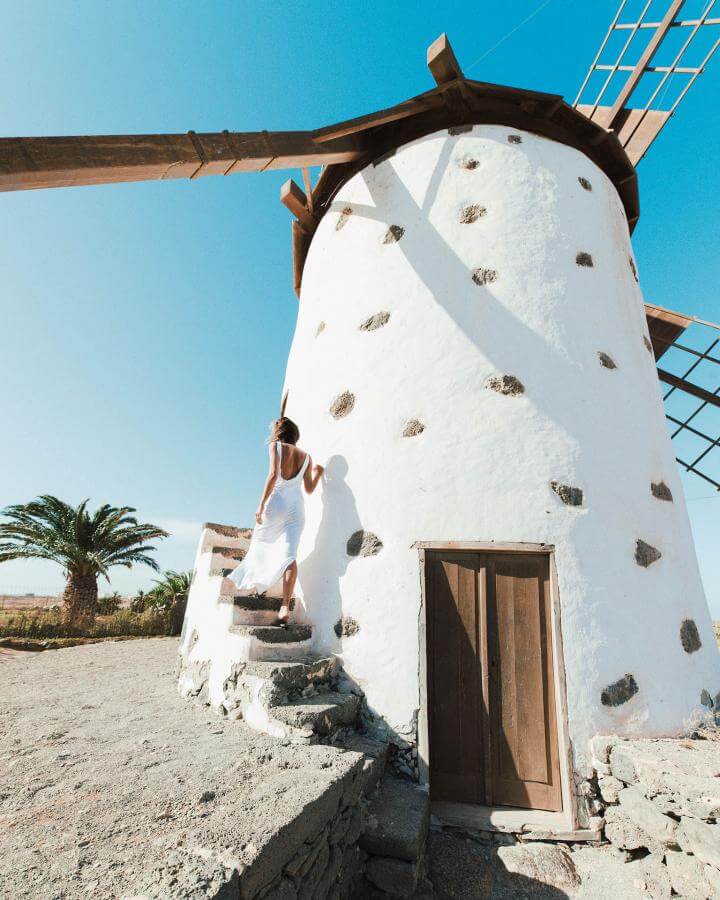
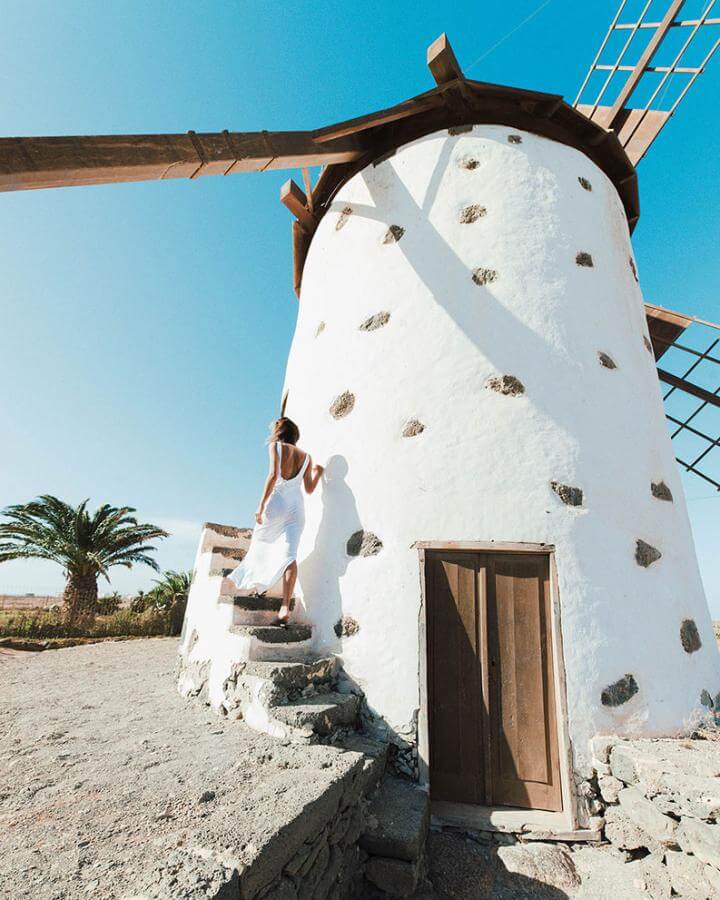

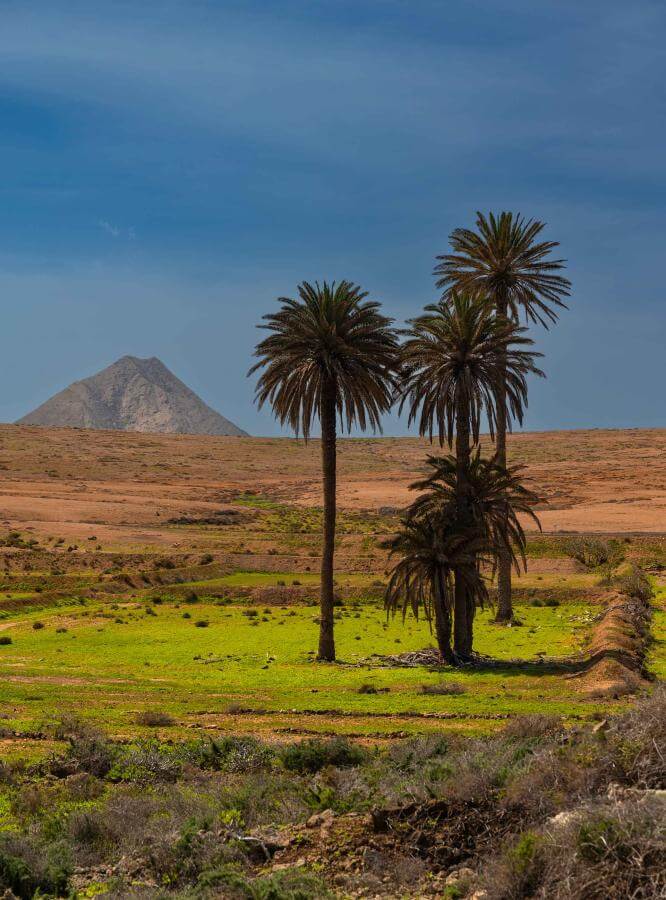
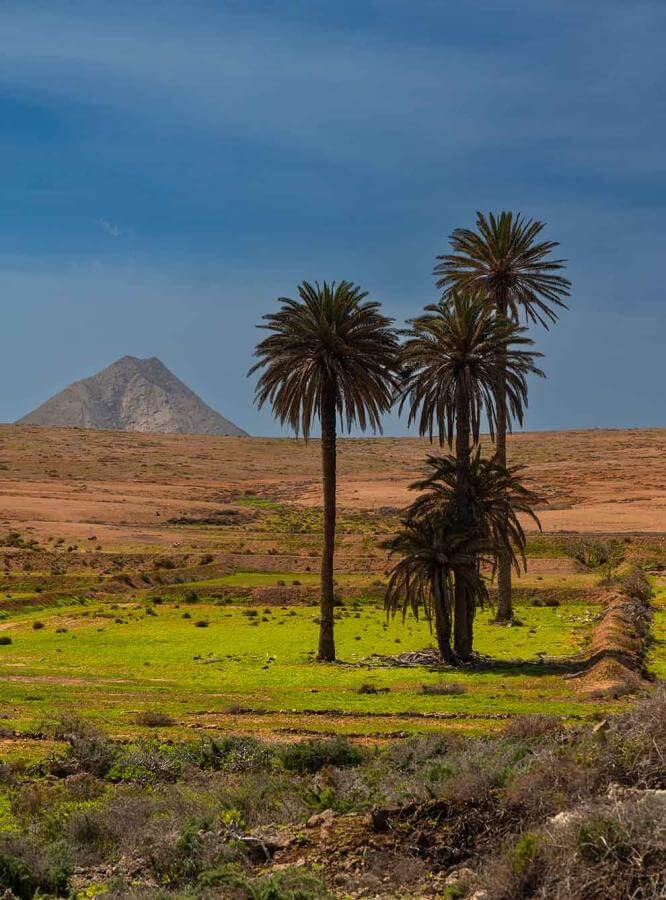

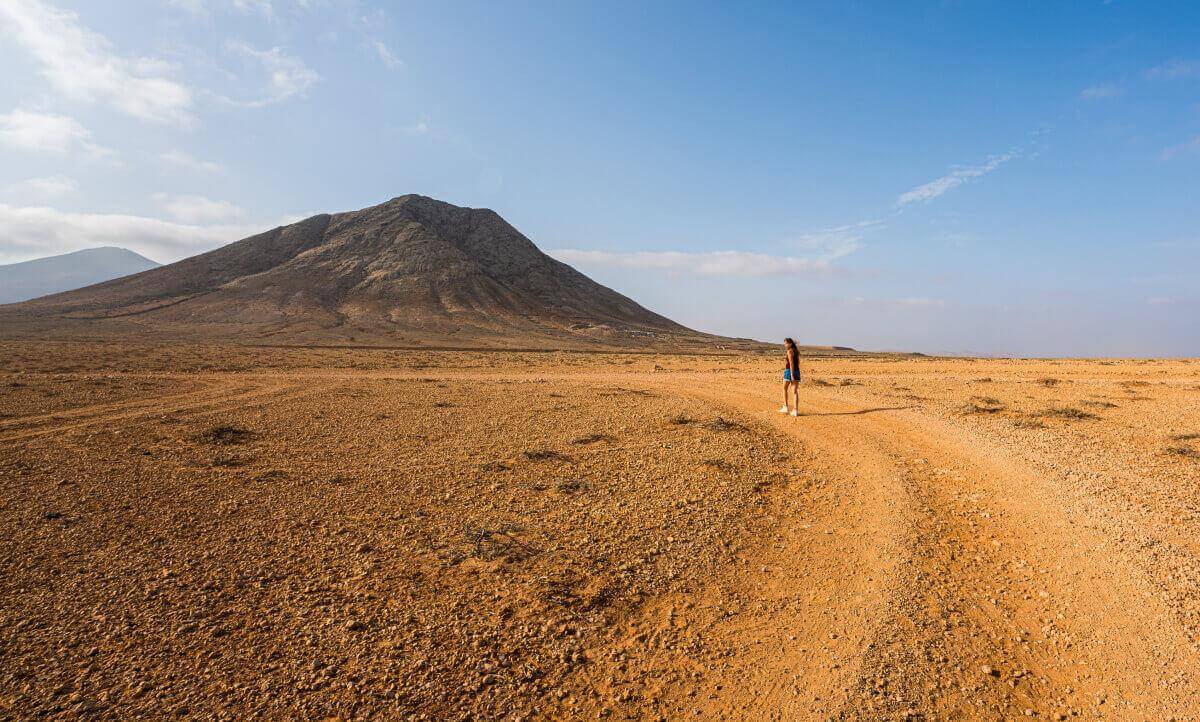
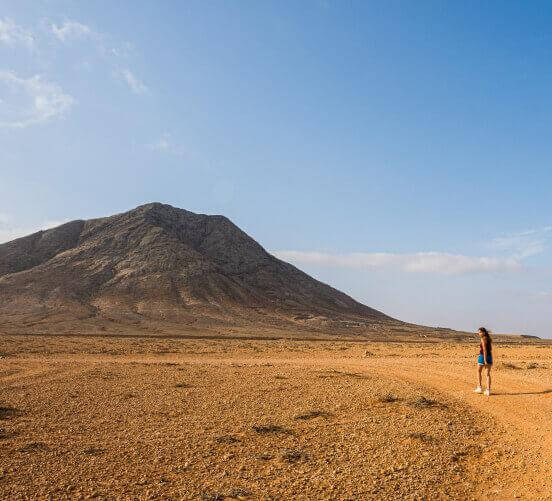

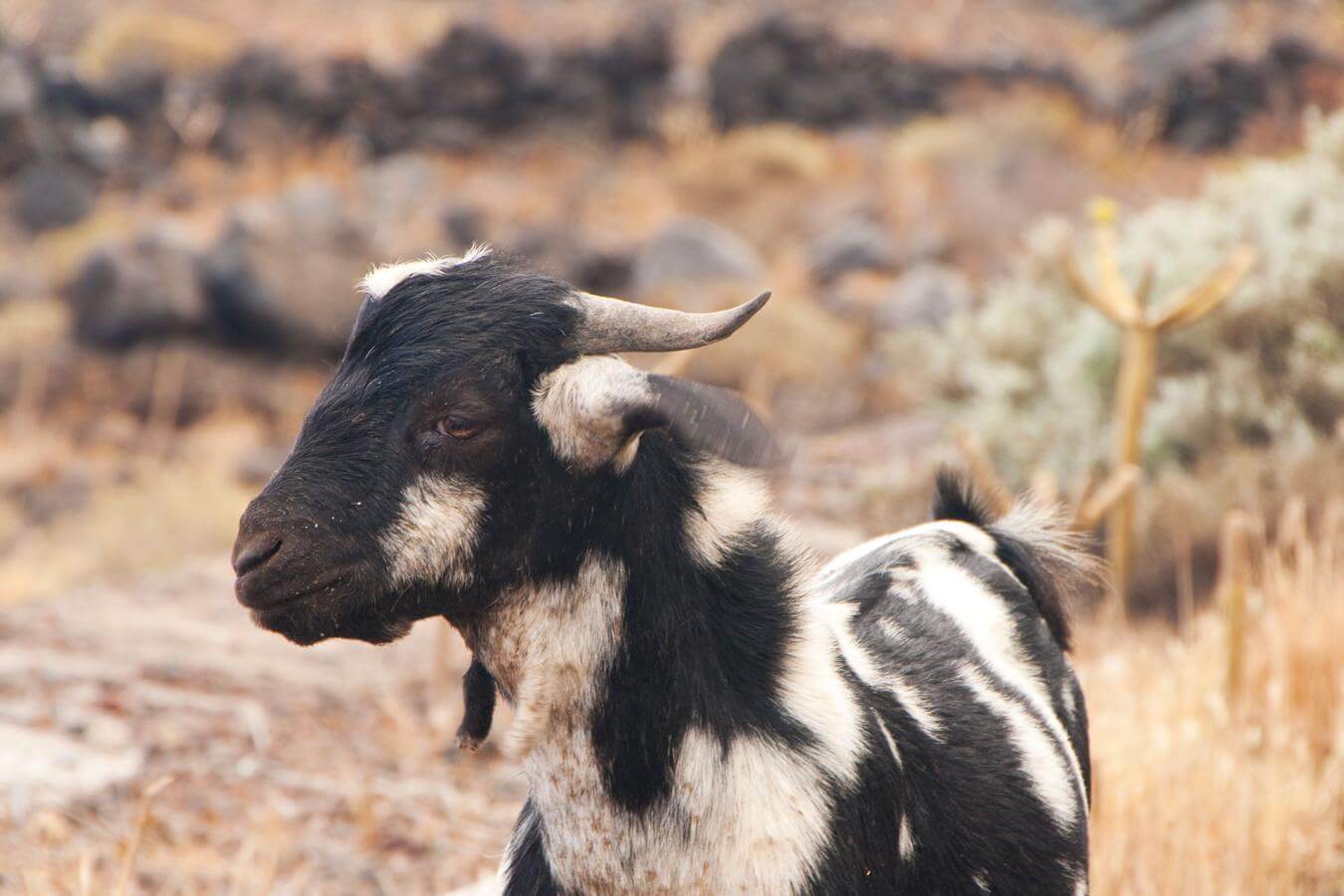
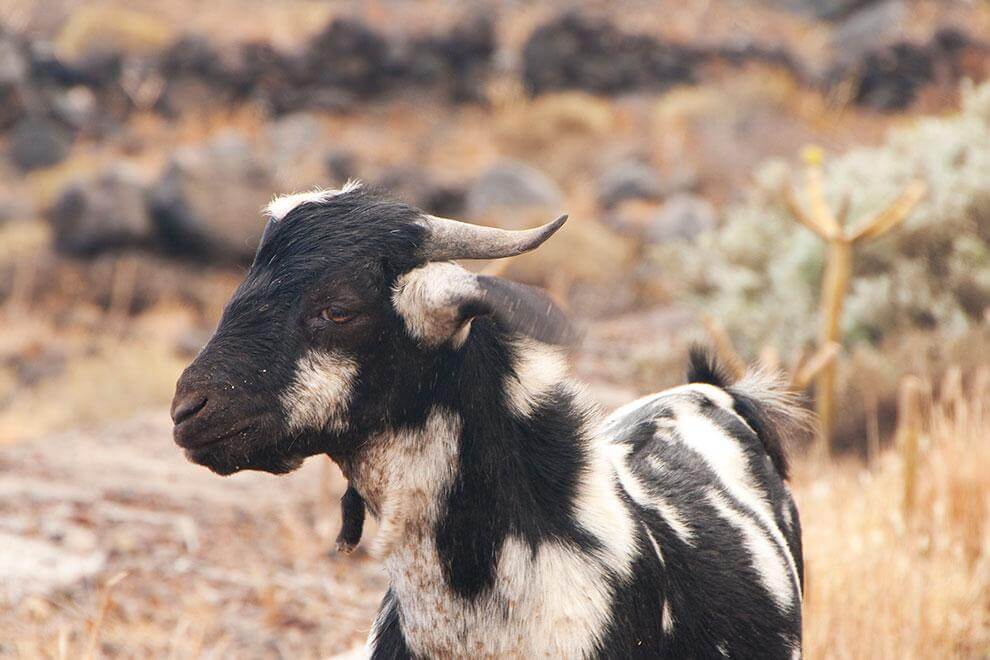

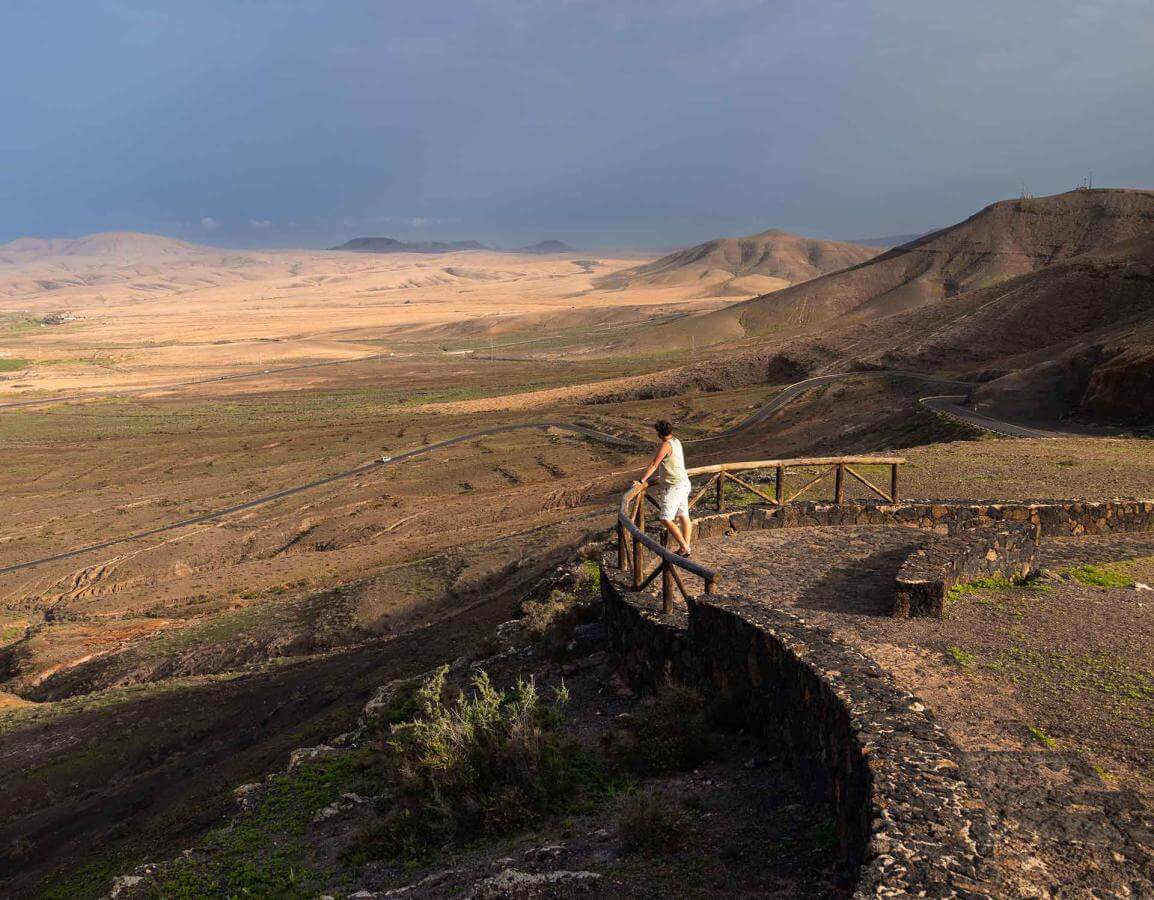
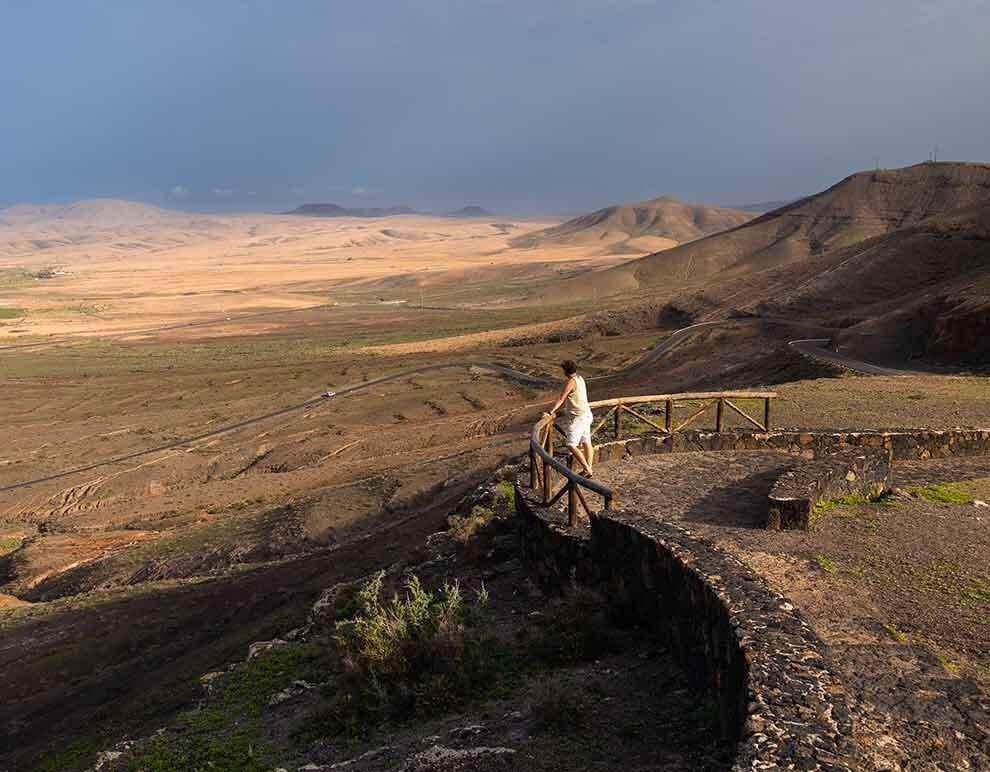

The beauty of crystalline skies
When night falls it is time for the traveler to enjoy one of the clearest skies in Spain. The priceless value of Fuerteventura's celestial paradises remains crystal clear thanks to three factors: low light pollution due to the low population density for its large land area, a privileged location and a subtropical climate regulated by the sea and the trade winds.
Sirius and Canopus appear in the skies of Fuerteventura, especially during the first months of the year, observable from the main astronomical reference point of Fuerteventura: the observatory of Tefía.
Others, such as Sicasumbre, are worthwhile for its sky and the landscapes that lead you to it; while at the Morro Velosa viewpoint, volcanoes, mountains and some towns merge with a sky where stars, galaxies and planets appear.
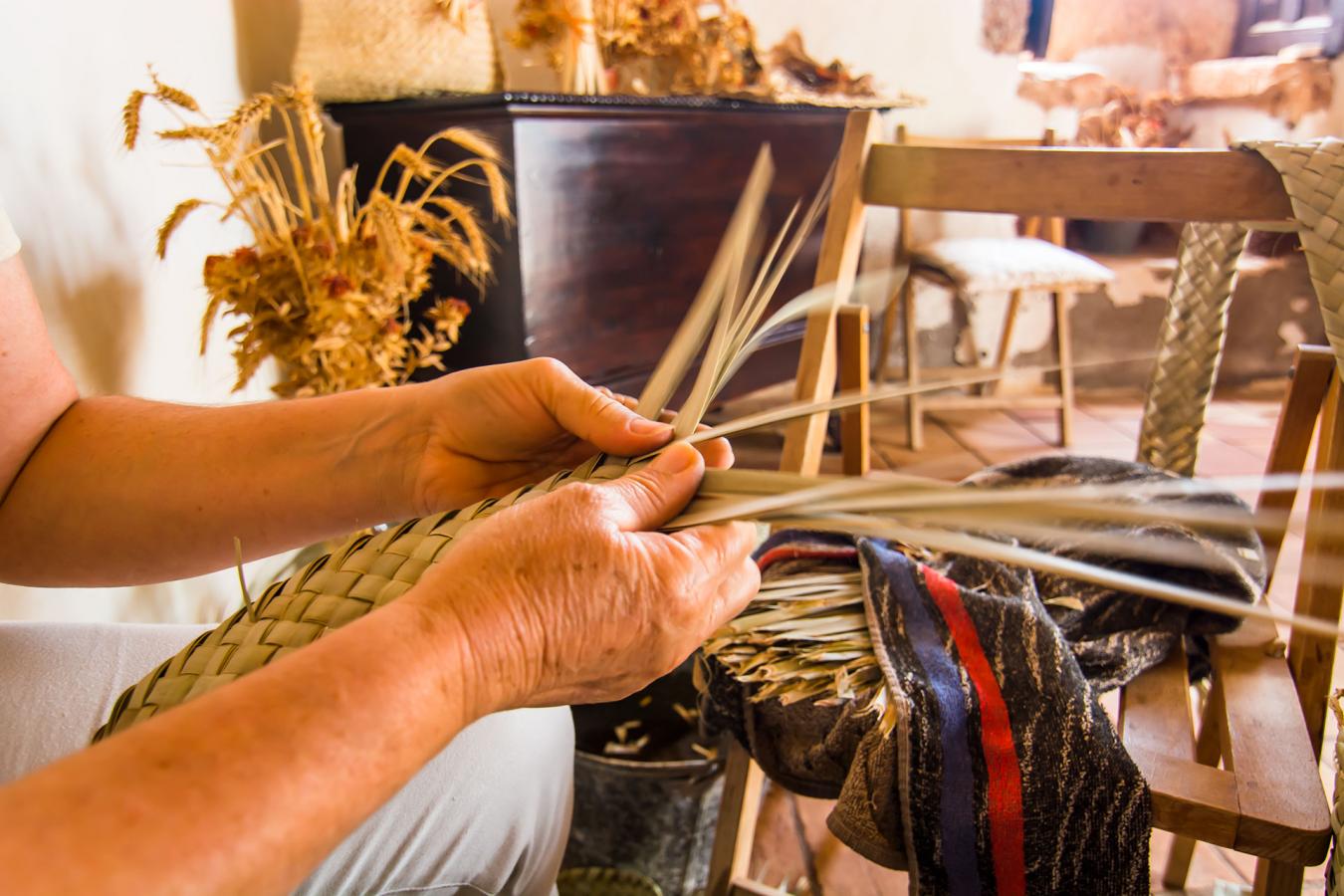
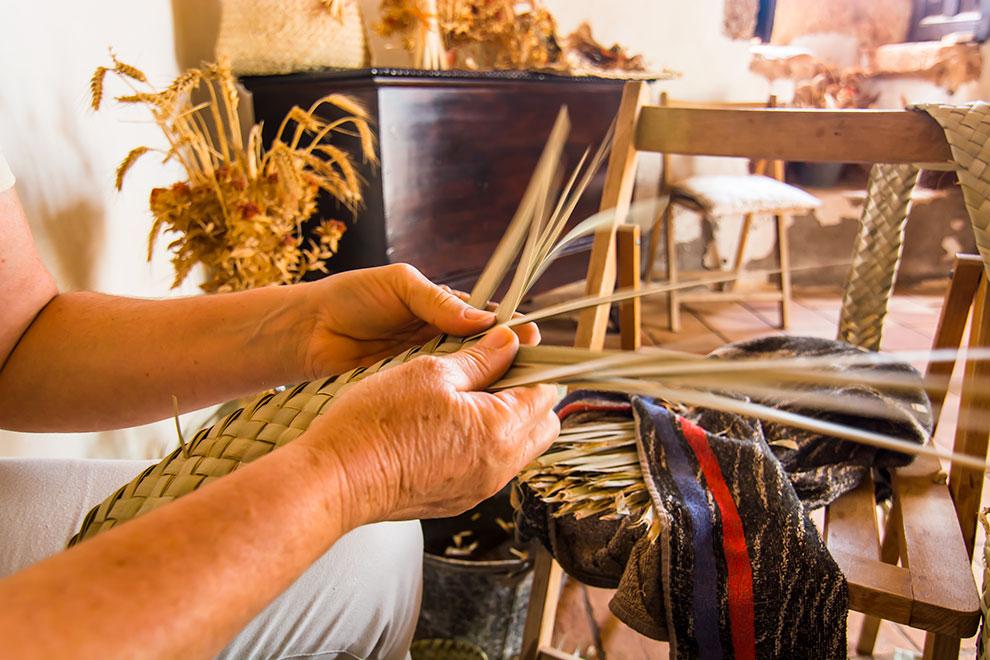

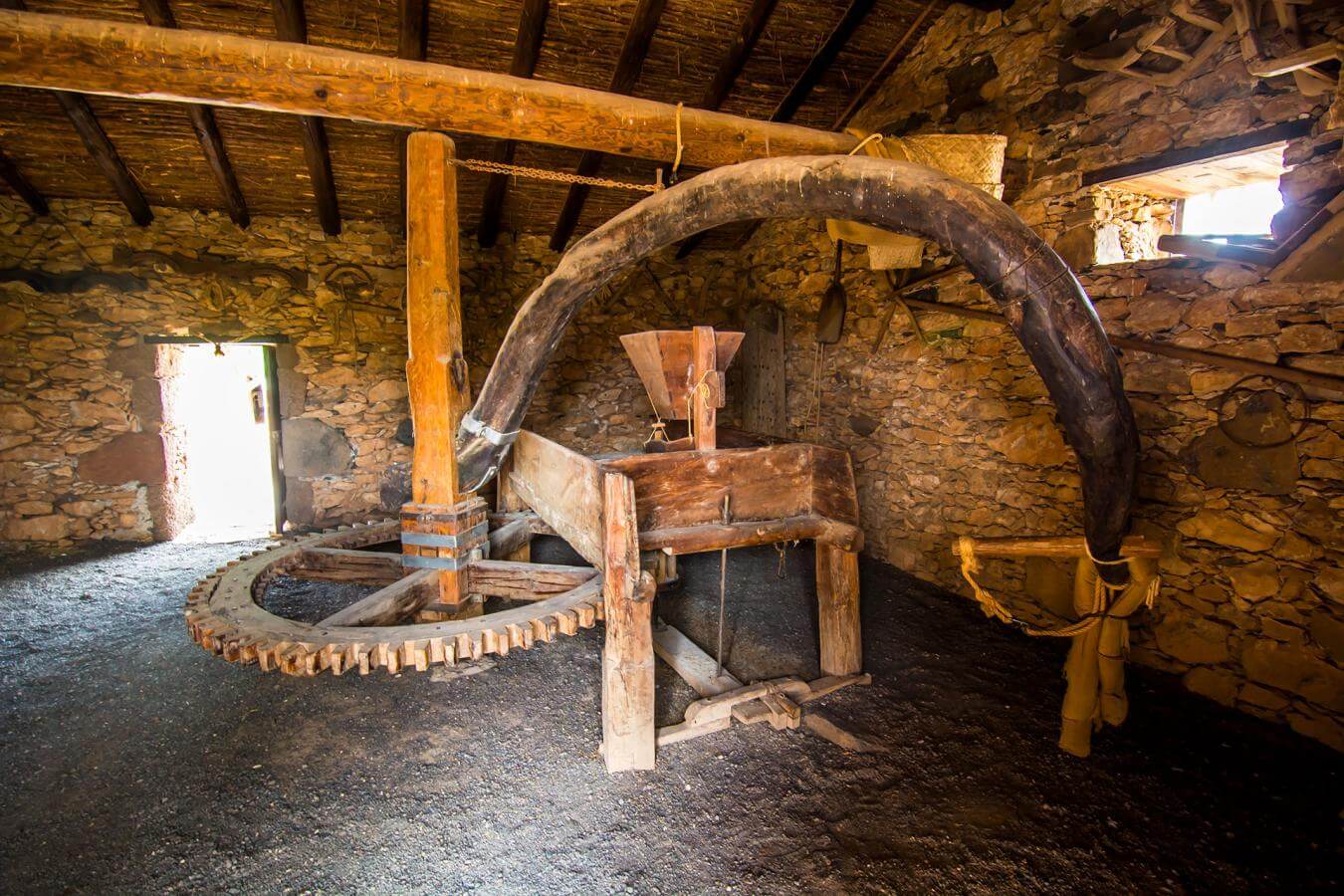
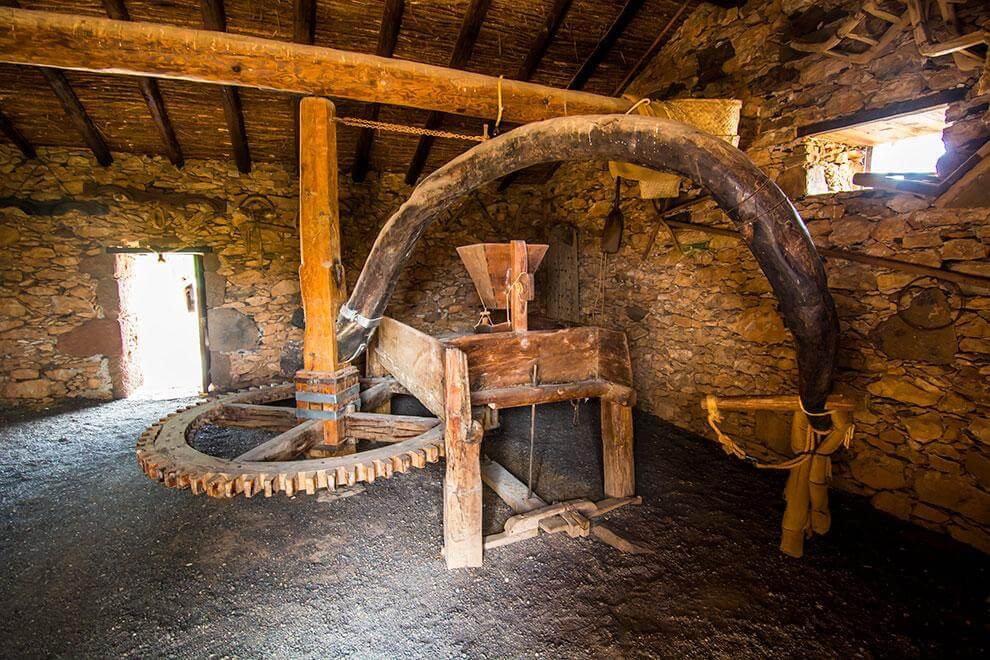




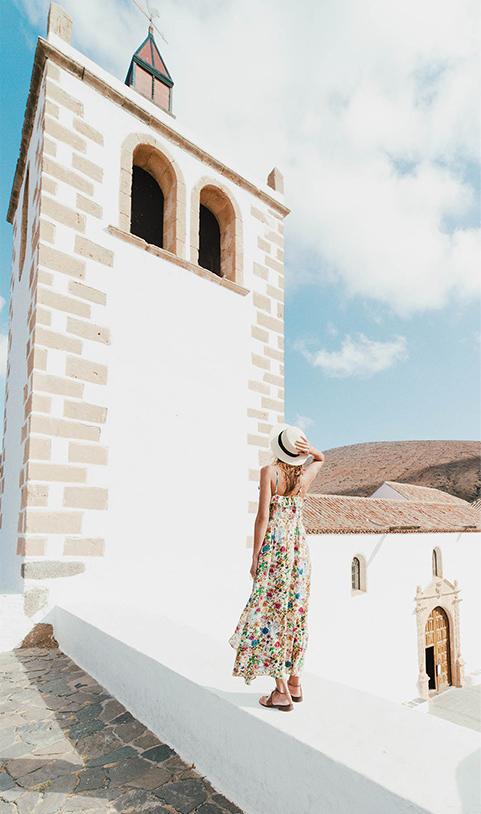


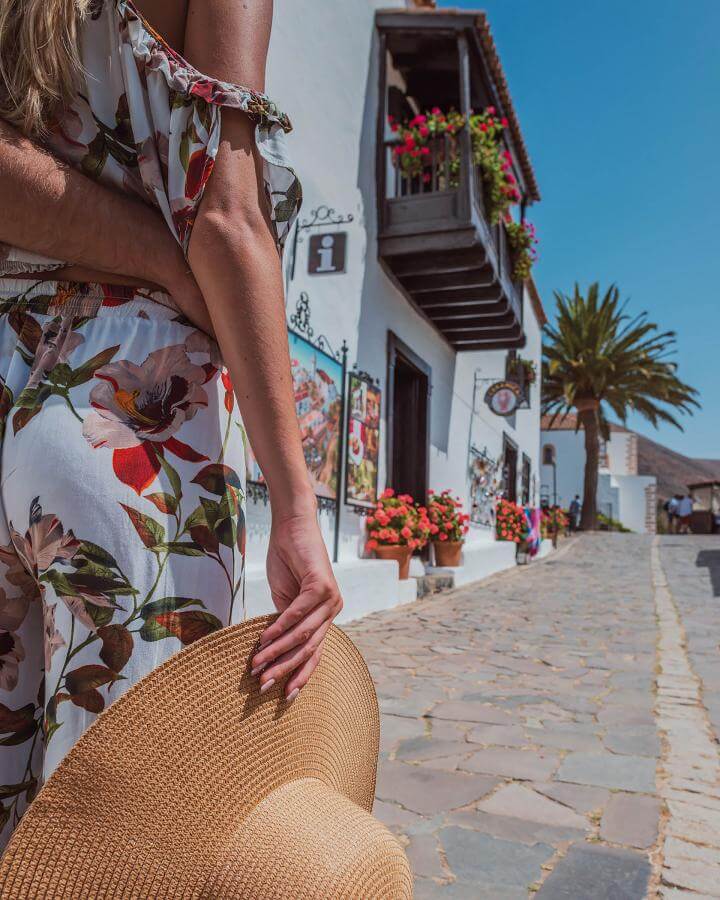
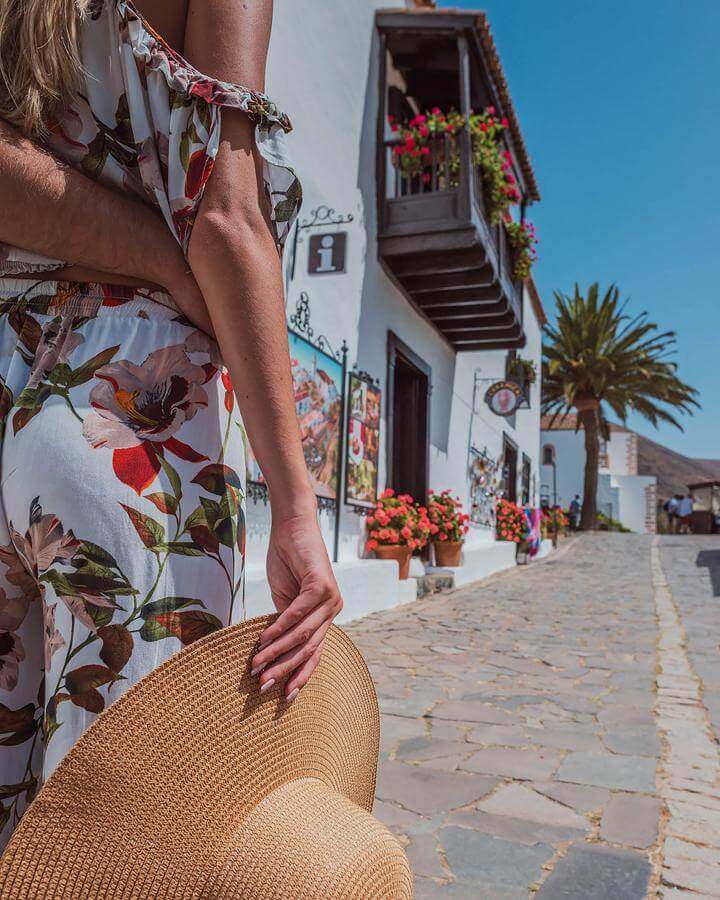

The "richness" of the majorera culture
But if the oldest island of the Canary Islands is known for something, it is for maintaining the tradition of its majorera culture, as evidenced by initiatives such as the Ecomuseum of La Alcogida in Tefía, where visitors can tour seven restored houses that allow them to learn about the life of peasants and artisans in a living museum.
19 km to the south is Betancuria, surrounded by the mountains that once defended it and that contribute to the fact that many consider it the most beautiful village on the island. The picturesque appearance of its streets is home to beautiful churches, a museum and stunning viewpoints.
Finally, for lovers of good food, the island offers dishes such as sancocho, a typical Easter stew that can compete with gofio fish casseroles, mussels and others.
Majorero goats are featured in the dishes of a lifetime, while gofio, whether traditional or scalded, is the legacy of the aboriginal Majoreros. Not to mention the wrinkled potatoes accompanied by mojo in any version, either green or picón, after tasting the typical island cheese.



